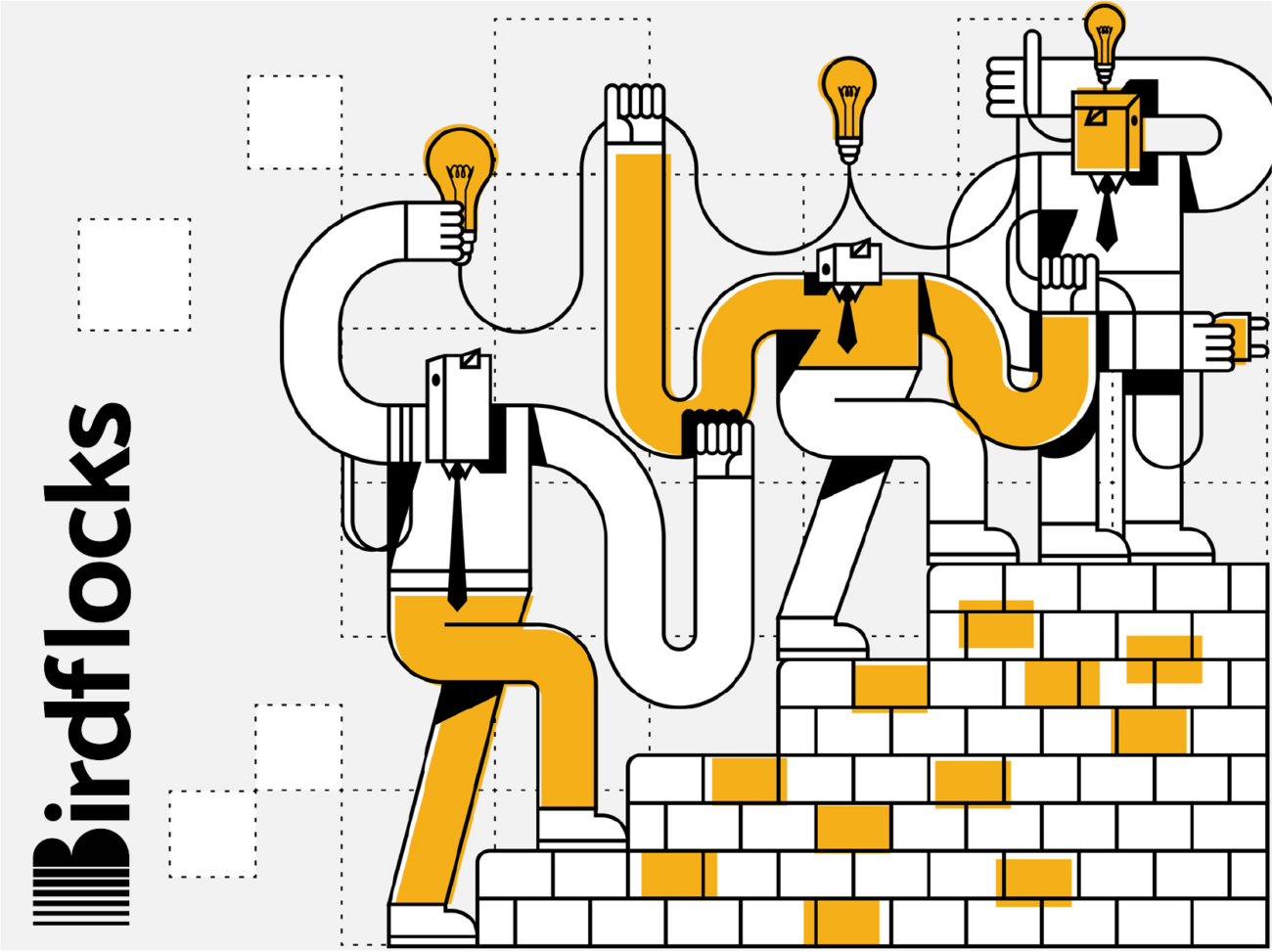by Tim Dufault, FAIA – Concert CRO
Time is money – Do more with less
Why do these simple phrases so aptly describe what a $12TR global construction market values the most? Because the industry is focused on billable hours as the primary determinant of value. Every process, measured metric, and representative gain in productivity is tied to measuring billable time. Yet, a recent study conducted by Tribes.AI Research estimates that in the United States alone, over $7.5 billion of value is lost every day from missing or inaccurate billable time. This equates to $64,000 annually for every billable employee! Does this seem like an efficient way to derive value? Put in another context, how much would Apple have earned if they charged time and materials for the iPhone?
When time is the primary metric, there are few if any incentives to improve productivity or deliverables. An individual given 8 hours to complete a task will generally take that time to complete it, regardless of their capacity or skill. The only incentive for the employee is the management of billable hours. The result is an uneven quality of work and an inefficient process for delivering value.
Digital delivery holds the promise of advancing the efficiency and quality of construction by moving the source of design ideas closer to the manufacturing process. However, this process will require closer attention to the data to be used for fabrication. Time-based value systems inhibit the ability of the design team to focus on getting that data right. We must divorce time from the creation of data and create time-less data – data whose value is not based on time. This will be accomplished when the compensation systems for design emphasize the quality of the data.
For some, especially in today’s market, this all sounds too utopian and unrealistic. Competitive pressures continue to push down on compensation for design services. Downward fee pressure results in a reduction of the time committed to the work, ultimately reducing the quality of the work. Many view these pressures as insurmountable impediments to change in the value system. It is time to shift to focus on output as the determinant of value.
Time-less data creates the opportunity for clients to embrace and adopt digital delivery as the mechanism for design and construction. The client will receive more value, a higher quality outcome, and a better performing building over its life. Competing for work in this environment will be based on the skill of the firm and the quality of their data. For the client, the competitive process will be focused on driving the best outcome for their investment, not necessarily the lowest first cost.
It should be noted that while we are advocating for taking time out of the equation for data and value, we are not suggesting that a building project should not have a schedule. This is a given, but that should not define how value for performance will be recognized. High-quality data delivered in an integrated digital process will reduce the time it takes to construct buildings.
Still, sound too utopian? We would argue instead that there are hopeful signs throughout the industry. For example, Nabr is a company formed to try and accelerate build-to-suit multi-family residential, specifically in areas where housing costs and availability are out of balance. This model combines a developer, an architect, and a technologist as an integrated team. In this case, the architect is incentivized to factor price, sustainability, modularity, and time-to-market in the project. The first of these developments is scheduled to be built in San Jose, California. The architect embedded into the development team is an outlier, but it is not crazy to imagine architects taking a larger role in well-designed and executed projects.
All parties involved in the design and construction industry must adopt digital delivery practices and focus on creating and sharing the highest value data. Time must no longer be the determinant of value. This will result in better buildings that operate more efficiently, are completed faster, and ultimately deliver greater value for their owners and users.
*Acknowledgement to Pink Floyd for the inspiration for the title of this post.





